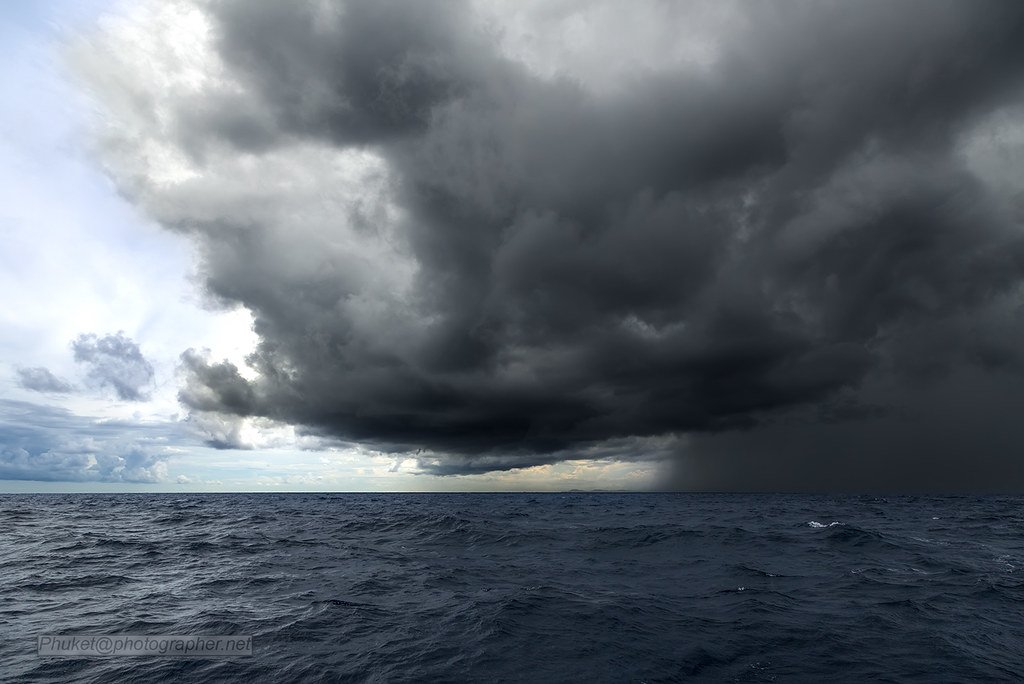Embark on a journey where the compass is set by defining project goals and navigating through the vast seas of quality control and process improvement.
Pioneering Clarity: Introduction to Project Goals
In the vast expanse of quality control and process improvement, defining project goals is akin to plotting a course for a ship. Let’s navigate through the basics, making the intricate art of goal-setting as clear as a starry night.
The Beacon of Direction: Understanding Project Goals
Project goals act as the beacon of direction, guiding teams through the vastness of improvement endeavors. In the world of quality control, a well-defined set of goals ensures everyone is rowing in the same direction towards success.
Crafting the Blueprint: Elements of Project Goals
Understanding the elements of project goals is like crafting the blueprint for a magnificent structure. Let’s explore the essential components that form the foundation for effective goal-setting.
Visionary Clarity: Defining the Destination
Defining the destination is like having visionary clarity. It’s about understanding where the ship is headed, and setting the course for success. In the realm of process improvement, having a clear destination ensures that efforts are aligned with the overarching vision.
Defining the destination is like having visionary clarity, setting the course for success.
Measurable Milestones: Navigating the Journey
Measurable milestones are like navigational points on the journey. They provide checkpoints, allowing teams to track progress and adjust courses if needed. In quality control, measurable milestones ensure that the ship stays on course toward its defined destination.
Measurable milestones provide checkpoints, allowing teams to track progress and adjust course if needed.
Realistic Boundaries: Charting Achievable Horizons
Charting achievable horizons is like setting realistic boundaries for the journey. It’s about ensuring that the goals are within reach, avoiding the treacherous waters of overambition. In the world of process improvement, realistic boundaries ensure that goals are attainable and motivate the crew.
Charting achievable horizons is like setting realistic boundaries for the journey, ensuring attainable goals.
The Art of Precision: Implementing Project Goals
With the blueprint laid, let’s explore how project goals are implemented, turning a defined destination into tangible success in the world of quality control and process improvement.
Clear Communication: Ensuring Understanding
Clear communication is like ensuring everyone on the ship understands the destination. It’s about using concise terms to convey the essence of the goals. Just as a captain communicates the route to the crew, well-defined goals ensure everyone is on the same page.
Clear communication is like ensuring everyone on the ship understands the destination.
Team Collaboration: Rowing in Unison
Team collaboration is like having the crew rowing in unison towards the set goals. It’s about ensuring that everyone is contributing to the journey. In the world of process improvement, team collaboration is essential for overcoming challenges and reaching milestones.
Team collaboration is like having the crew rowing in unison towards the set goals.
Flexibility in Course: Adapting to Challenges
Flexibility in the course is like adapting to unexpected challenges on the journey. It’s about being open to adjusting goals based on evolving circumstances. In quality control, flexibility ensures that the ship remains resilient in the face of unforeseen challenges.
Flexibility in the course is like adapting to unexpected challenges on the journey.
Navigating Storms: Challenges in Goal-Setting
Just like any sea voyage, setting project goals is not without its challenges. Let’s explore the storms teams might encounter and how they can navigate them to ensure a successful journey.
Ambiguity: The Fog on the Navigational Path
Ambiguity is like the fog on the navigational path. It obscures the clarity needed for effective goal-setting. It’s about dispelling uncertainty and ensuring that the goals are clear and comprehensible, much like waiting for the fog to lift before continuing the journey.
Ambiguity is like the fog on the navigational path, requiring clarity for effective goal-setting.
Unrealistic Expectations: Navigating Turbulent Waters

Unrealistic expectations are like navigating turbulent waters during goal-setting. It’s about addressing concerns and ensuring that the proposed goals are achievable. In quality control, addressing unrealistic expectations is essential for setting a course toward attainable success.
Unrealistic expectations are like navigating turbulent waters during goal-setting, requiring realistic expectations.
The Art of Success: Key Takeaways
As the journey of defining project goals unfolds, let’s gather key takeaways that will guide teams in creating effective goals for quality control and process improvement.
Essentials: Defining project goals is the compass guiding teams through the vast seas of quality control and process improvement.
Elements: Visionary clarity, measurable milestones, and realistic boundaries form the foundation of effective goal-setting.
Implementation: Clear communication, team collaboration, and flexibility in the course turn defined goals into tangible success.
Challenges: Navigate ambiguity and unrealistic expectations for a successful journey.
Navigating Success: Defining Project Goals in Quality Control and Process Improvement
In the intricate world of quality control and process improvement, defining project goals is the compass that guides teams through uncharted waters. Teams must understand the essentials, implement effectively, and navigate challenges to ensure their goals lead them to the shores of success.